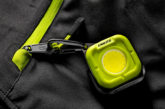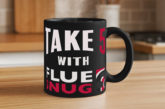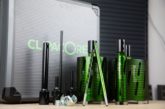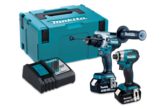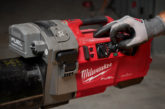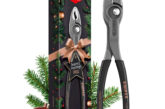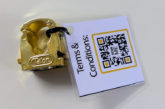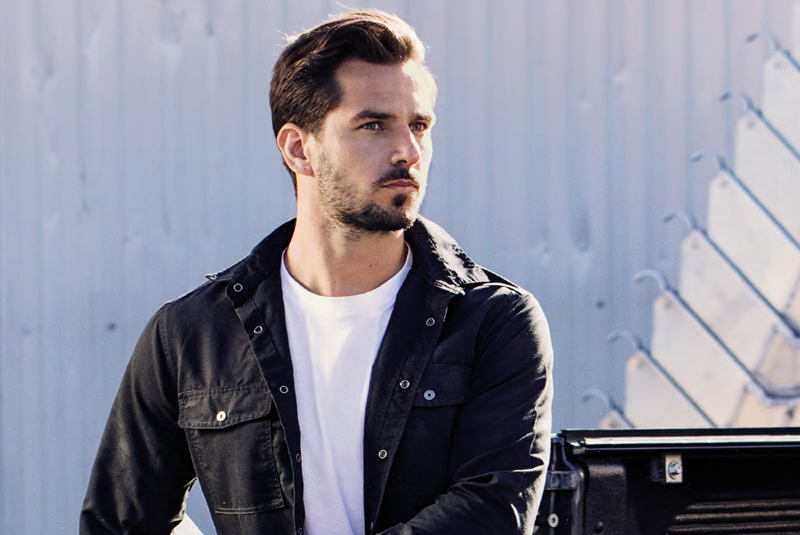
PHPI gets the lowdown from Snickers on workwear trends and technology.
We probably don’t realise the extent to which the design and development of sportswear over the last 30 years has influenced high street fashion. Somewhere in our wardrobes, almost all of us probably have some sports-related fashion clothing.
Design of even the most basic sports and leisurewear – but particularly ‘performance’ sportswear – is being driven not only by a constant need for fashion innovation but also by the availability of new fibres, fabrics, and now ‘wearable technologies’.
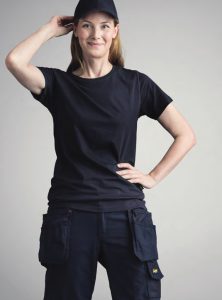 Performance-related clothing is used in virtually every sport to contribute to optimised activity levels. Every top sportsman and woman relies on their clothing to make an active contribution to their personal performance.
Performance-related clothing is used in virtually every sport to contribute to optimised activity levels. Every top sportsman and woman relies on their clothing to make an active contribution to their personal performance.
Consumers demand high levels of comfort, design and easy-care in most types of clothing. But the demands on sports clothing require different performance properties in their fabrics, such as protection from heat, cold, rain, wind and snow.
The main requirements for active sports and leisurewear is defined not only by how they contribute to performance, but by how they look and feel. For instance, they need to be super lightweight with stretchability to provide freedom of movement.
They should have optimum heat regulation to maintain body temperature and have good vapour permeability. If needs be, they should provide good protection from wind, cold and adverse weather conditions and be quick drying and keep their shape, even when wet. Ultimately, they should look good, feel good and be comfortable.
Different sports and leisure activities require clothing with different properties and performance attributes according to the activity carried out. For example, in sports like football and basketball where there is intense multi-directional activity, looser-fitting and comfortable clothes are required; in activities such as athletics, swimming, alpine racing and cycling where fast body movements are important, well-fitting or even skin-tight clothes are preferable.
For hiking or mountaineering in winter conditions, the clothing must exhibit a high level of thermal insulation, but when the wearer is hot the level of thermal insulation should be lower.
“All of the key design and functionality attributes that we see in active sports and leisurewear are found in Snickers working clothes.”
Developing performance sportswear and leisurewear is a science in itself – a continual process of researching the needs of the users and then designing and producing garments to suit specific activities.
Little do we realise that, just as sportswear has influenced high-street fashion trends, it also has a major influence of the design and development of working clothes for tradespeople. Snickers takes a similar approach to sportswear developers in designing working clothes so you can dress for the weather and according to whatever job you’ve got in hand – to ensure optimal personal comfort and performance.
All of the key design and functionality attributes that we see in active sports and leisurewear are found in Snickers working clothes. These are the hallmarks at the heart of Snickers’ Next Generation working clothes and specifically in the ALLROUND, FLEXIWork, LITEWork and RUFFWork garments.
In these newest working clothes, you’ll find different types of high-performance fibres and fabrics that deliver optimum comfort, functionality and protection to suit a wide range of activities and jobs on site. Cordura and Rip-Stop fabrics have long provided high levels of durability in Snickers WorkTrousers while the specialist D30 materials in the patented KneeGuard System now make working on your knees more comfortable than ever.
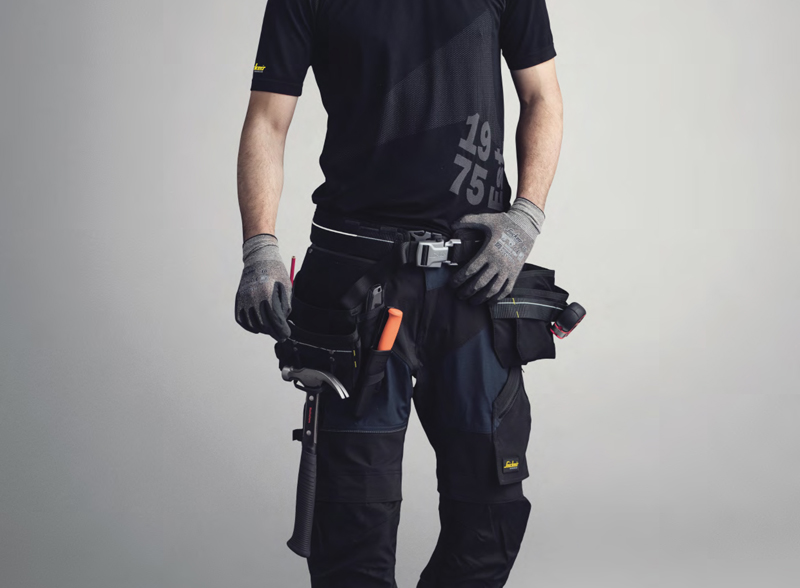
One thing is for sure: you can’t stop the weather. Not only does it change from one season to another, it can even change from one hour to the next. This will put demands on you, what you’re wearing on site and how you’re able to work. So you need to be able to adapt quickly to changing conditions – and that’s what you get with the Snickers’ Active Climate System.
All Snickers’ garments are designed to work together. This means that first, second and third layer garments are optimised to perform with each other – or on their own. Body-mapping first-layer undergarments compliment comfortable second-layer shirts, fleeces, trousers and jackets, which work perfectly with third-layer high-performance outer jackets and accessories. Allowing you to easily adjust to the working environment and weather conditions, while at the same time retaining the optimum combination of on-the-job comfort, functionality and personal protection.
It’s quite a simple theory. With Snickers’ Workwear Active Climate System, you’ll be prepared for working well whatever awaits you outdoors – allowing you to turn a demanding climate into working comfort and optimised personal performance – all year round.
Snickers Workwear Fabric Technologies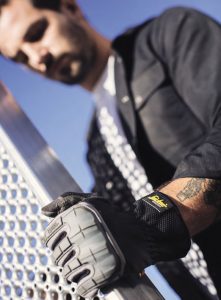
37.5
In fabrics with 37.5 technology – such as Snickers LITEWork WorkTrousers – Patented natural active particles in the fibres actively respond to body heat with the particles using this energy from the body to accelerate the vapor movement and speed up the conversion of liquid to vapor, significantly increasing drying rates. This means that the hotter the user gets, the stronger the driving force removing moisture becomes—and the more comfortable the garment remains.
AIS – Active Insulation System
Used in Snickers’ Jackets and Fleeces, this lightweight and soft micro fleece fabric is an ideal mid-layer for any outdoor activity – work or leisure – with its insulating and high moisture transportation ability.
APS – Active Protection System
This three-layer construction used in Snickers’ Jackets has been developed to keep wind, water and dirt out while maintaining high breathability.
AVS –Active Vaporize System
Used in snickers undergarments and shirts, the AVS breathes while it keeps your body dry – transporting sweat and moisture away from your skin.



